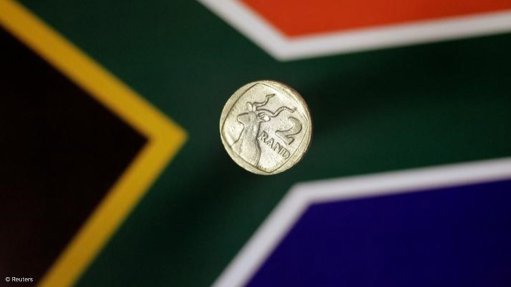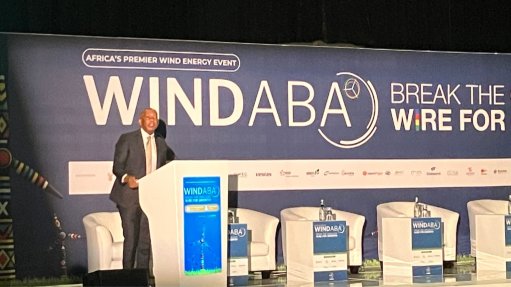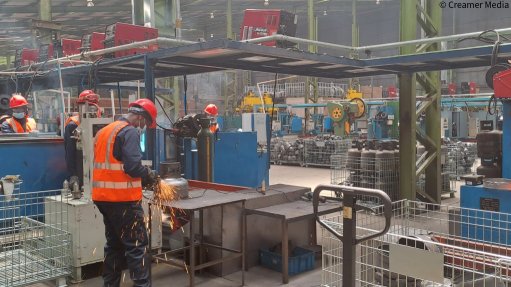Bleeding Heart Yard
It’s a cold, windy and generally miserable day as I step off Greville street, in Farringdon, in the City of London, seeking shelter from the icy-cold wind. I unwittingly enter a cobbled courtyard, which featured in Charles Dickens’ novel, Little Dorrit. The courtyard is said to have been named after a sixteenth-century inn sign dating back to the Reformation that was displayed on a pub in nearby Charles street.
The sign showed what many believed to be the Virgin Mary’s heart pierced by five swords. But was it? Legend has it that the courtyard’s name was a commemoration of the fateful evening of January 27, 1626. It was the night on which Lady Elizabeth Hatton, the second wife of Sir William Hatton, whose family owned the area, departed this world in all but one piece.
But what exactly happened to her? Well, maybe the poem in RH Barham’s 1837 The Ingoldsby Legends could shade some light: “Of poor Lady Hatton, it’s needless to say, No traces have ever been found to this day, Or the terrible dancer who whisk’d her away; But out in the courtyard – and just in that part, Where the pump stands – lay bleeding a LARGE HUMAN HEART!”
In the early hours of that fateful evening, Lady Hatton had been seen in the company of the Bishop of Ely at a ball her husband had arranged, in Hatton House, and had later been seen with ‘Senor Gondomar’, the Spanish ambassador. But was the latter really who he claimed to be? ‘Senor Gondomar’ is said to have danced with Lady Hatton before both hastily disappeared into the night. The reason for Lady Hatton’s sudden departure? A promise of riches beyond her wildest dreams in return for what she neglected to hear – her soul.
How appropriate that, a few hours later, I awoke to yet another bleeding-heart opinion piece. I am not sure if I should find it most disturbing or intriguing that government officials – for civil servants they are no more – are writing opinion pieces expressing their ‘own’ views about the departments or organisations they work for. It is particularly troublesome when the opinion pieces are written by civil servants who hold media-facing roles; in other words, they are media executives. The individuals are performing a task for which they are not employed. They should not be doing that unless they too are captured. ‘Pay the piper’ springs to mind.
More disturbingly, these ‘opinion pieces’ perpetuate the narrative of deliberate distinction and exclusion. It is disappointing that, at this advanced stage of South Africa’s democracy, it is still about distinction and, consequently, exclusion, and not inclusion.
But why the fascination in South Africa with being the first? The thing is that being the first is running on empty, so it seems that new firsts have to be invented. The fascination with firsts is indicative of a society that has lost its desire to be, and to celebrate, the best. As for distinction, it has to be attained at the expense of others. When will these sage words ever be heeded: “Blowing out someone else’s candle won’t make yours shine brighter.”
Returning to the perpetuation of distinction, why are people doing that? Since this is an economic column, an international economic column, to be precise, I will offer you what I perceive to be the economic reason. If you read last week’s column, you might well have an inkling.
In the international trade environment, businesses seek distinction for their products to secure preference and favour. In customs, a business distinguishes its products through classification (tariff classification) in order to ensure that it attracts a preferable rate of customs duty – a preference, if you will. So, by distinguishing its product, a business is able to obtain a preference.
There is a second element in customs that affords a business the opportunity to distinguish its products in order to obtain a preference. If the business is able to prove or disprove the origin of its products, then it, too, can derive a benefit.
This is no different from today’s South Africa and provides an economic reason why racial distinction is perpetuated. For both tariff classification and origin, the concern has nothing to do with quality, and neither is it related to the competence of the product to successfully fulfil the task for which it was created. The concern is solely with the benefit that is bestowed through classification and origin. The product classification and its origin allow it to gain an advantage over other products. As a consequence, the third customs element, value, is ignored, as it does not feature in the equation. Value is merely assumed. Unfortunately, in South Africa, value is also assumed. No longer is a salary indicative of an employee’s contribution or competence; it is now an excessive reward for loyalty or a favour.
It is interesting that the three customs cornerstones are relevant when explaining why South Africa remains an exclusive society, since distinction is indicative of the retention and justification of an unjustifiable preference.
In the bleeding-heart piece, reference is made to the revenue service having at its helm the first economist. So, what qualifies someone to be an economist? A single degree. I hold three master’s degrees in three different commercial disciplines, including economics and taxation. Yet, according to The Economist, one can only lay claim to the title ‘economist’ if one holds a doctorate in the discipline. According to the opinion piece that I read, being an economist is indicative of ‘capabilities and skills’. Measured on this criterion, I should be more than capable and skilled but, alas, my classification and origin are inhibiting factors, and both are out of my control.
Come to think of it, how many hearts will be broken in South Africa purely because people are disqualified on the basis of two factors that are out of their control? And how many hearts will find their way onto the cobbled stones? Are you saving your heart for the last dance with ‘Senor Gondomar’ in Bleeding Heart Yard?
Article Enquiry
Email Article
Save Article
To advertise email advertising@creamermedia.co.za or click here
Comments
Press Office
Announcements
What's On
Subscribe to improve your user experience...
Option 1 (equivalent of R125 a month):
Receive a weekly copy of Creamer Media's Engineering News & Mining Weekly magazine
(print copy for those in South Africa and e-magazine for those outside of South Africa)
Receive daily email newsletters
Access to full search results
Access archive of magazine back copies
Access to Projects in Progress
Access to ONE Research Report of your choice in PDF format
Option 2 (equivalent of R375 a month):
All benefits from Option 1
PLUS
Access to Creamer Media's Research Channel Africa for ALL Research Reports, in PDF format, on various industrial and mining sectors
including Electricity; Water; Energy Transition; Hydrogen; Roads, Rail and Ports; Coal; Gold; Platinum; Battery Metals; etc.
Already a subscriber?
Forgotten your password?
Receive weekly copy of Creamer Media's Engineering News & Mining Weekly magazine (print copy for those in South Africa and e-magazine for those outside of South Africa)
➕
Recieve daily email newsletters
➕
Access to full search results
➕
Access archive of magazine back copies
➕
Access to Projects in Progress
➕
Access to ONE Research Report of your choice in PDF format
RESEARCH CHANNEL AFRICA
R4500 (equivalent of R375 a month)
SUBSCRIBEAll benefits from Option 1
➕
Access to Creamer Media's Research Channel Africa for ALL Research Reports on various industrial and mining sectors, in PDF format, including on:
Electricity
➕
Water
➕
Energy Transition
➕
Hydrogen
➕
Roads, Rail and Ports
➕
Coal
➕
Gold
➕
Platinum
➕
Battery Metals
➕
etc.
Receive all benefits from Option 1 or Option 2 delivered to numerous people at your company
➕
Multiple User names and Passwords for simultaneous log-ins
➕
Intranet integration access to all in your organisation


















